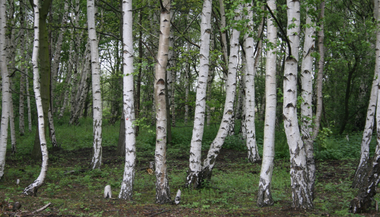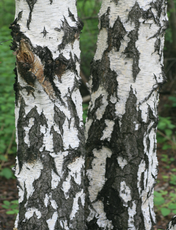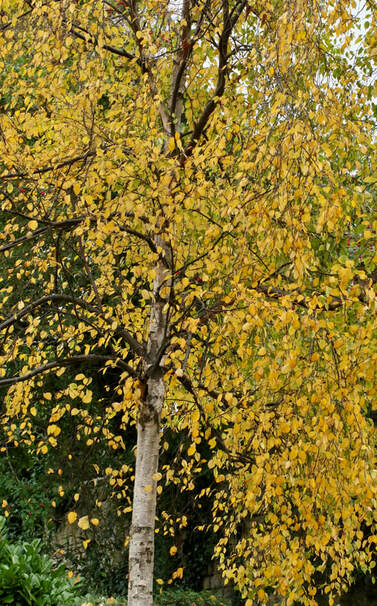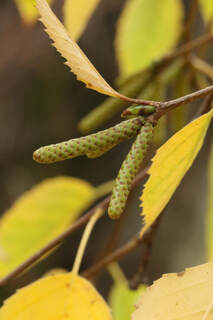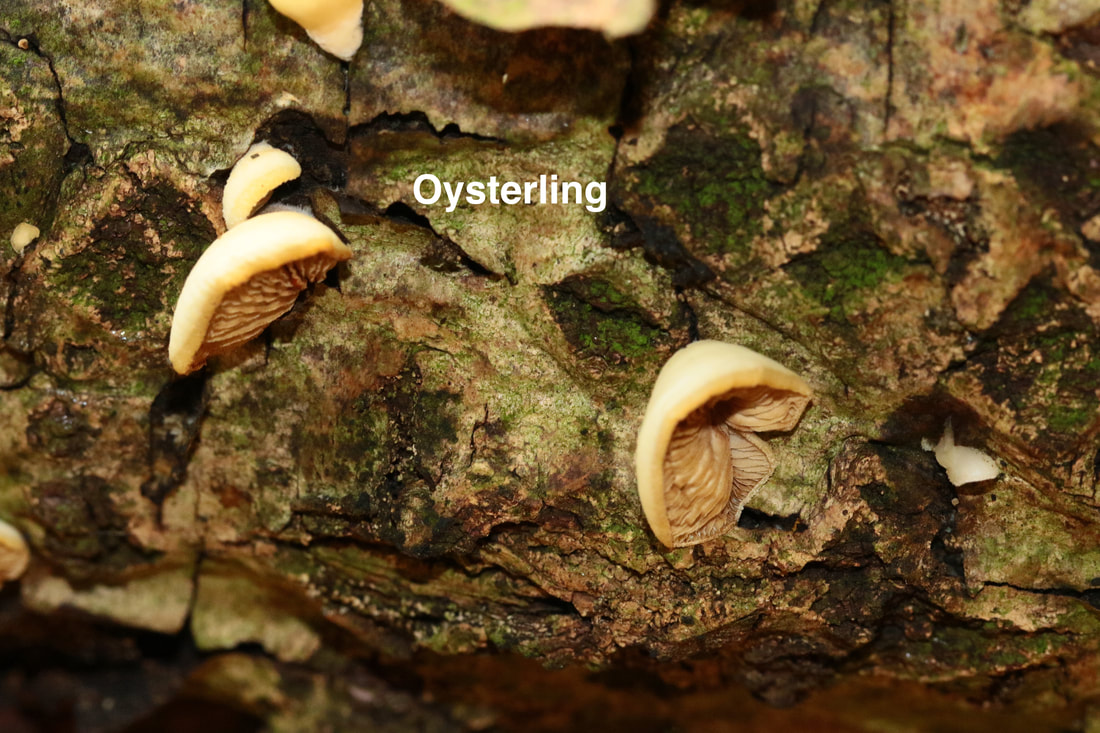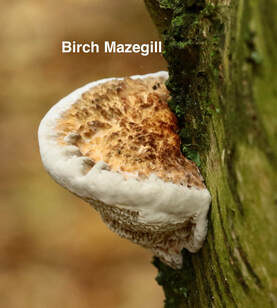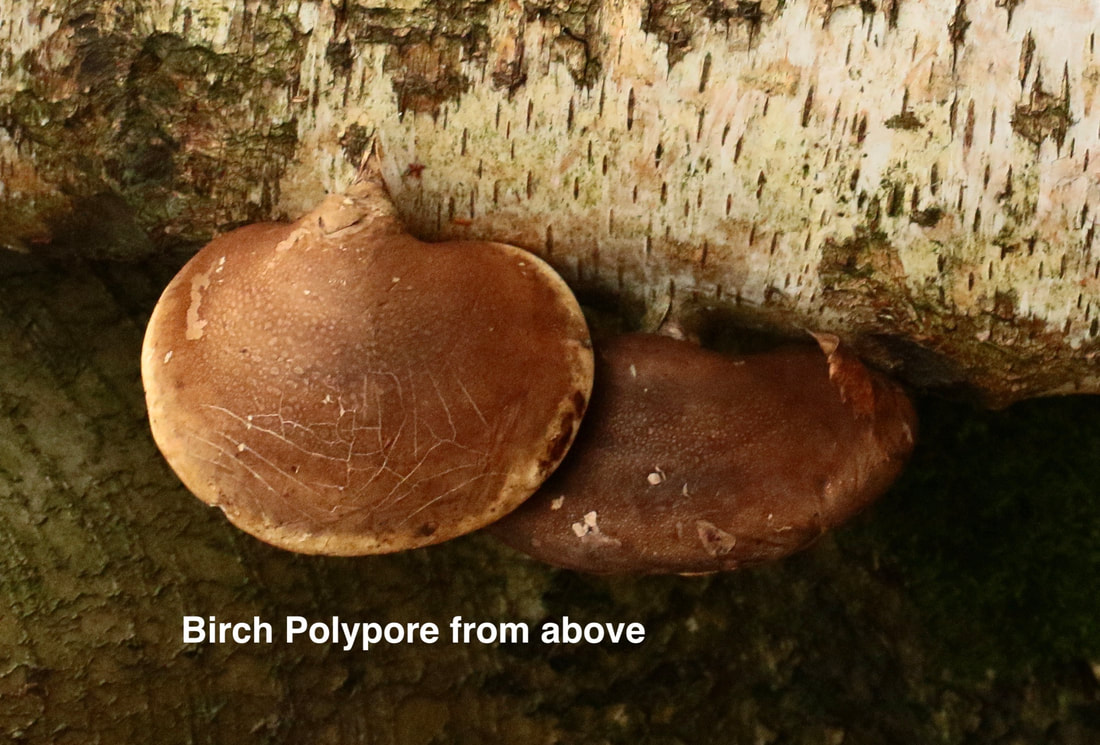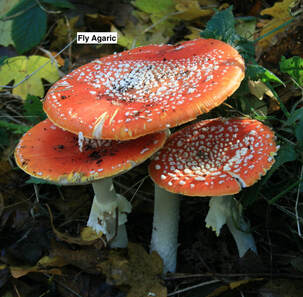|
Each month we will be featuring a species of tree found on Parkwood Springs. Visit our tree of the month page for further details here. This month we will be highlighting Silver Birch. The graceful, delicate-looking Silver Birch is actually very hardy. A ‘pioneer’ coloniser, it can grow up to 30 metres and, along with Rowan, it grows at greater altitude than other species. It can live for over 100 years, and supports more than 300 insects, including the Angle Shades and Buff-Tip Moth and in some areas the rare Camberwell Beauty Butterfly. Silver Birch carries male and female catkins on the same tree, producing thousands of seeds in late autumn/winter, providing food for many birds, including Redwing, Siskin and Greenfinch. Caterpillars that feed on the leaves also feed many birds in spring. It is the favourite nest-site for the increasingly rare Lesser Spotted Woodpecker.
Fungi associations: Silver Birch develop strong mycorrhizal fungi associations beneath the soil, as well as the ‘fruiting bodies’ we see above ground, both on the tree and growing under its light canopy (see Fly Agaric below). Here are some of the fungi closely associated with the tree.
0 Comments
Leave a Reply. |
|
About us |
Resources |
|

